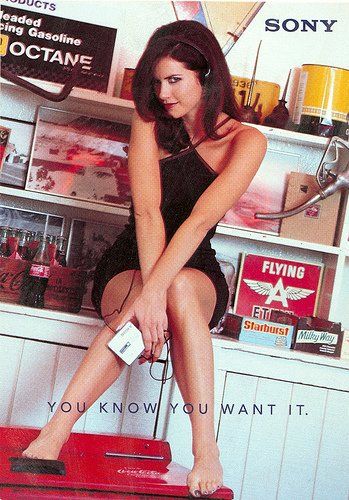
Most often, women are shown as beautiful and sometimes scantily dressed. Female characters are nine times more likely to be shown as attractive, six times more likely to seen in revealing clothing and five times more likely to be sexually objectified than male characters.
By Nazarul Islam
Yes, women in India and Pakistan and Bangladesh have to seek redemption! Redemption from the divisive politics based on gender, caste and religion, redemption from the corruption which is eating our lives like termites, redemption from misery of poverty, redemption from the sins of our venal politicians.
Women need good governance and accountability. An individual has to fight for the things he rightfully deserves. People do not need crutches of any kind if the basic conditions of nation are conducive to their growth. It’s ridiculous; people are first deprived of basic amenities, denied their dues and then offered carrots to benefit the vote bank politics.
A study of the gender roles in advertisements in the countries of the subcontinent has revealed, expectedly, that they closely reflect the deep biases that are found in society as such. Again, a recent study conducted jointly by UNICEF and the Geena Davis Institute on Gender in Media, analyzed the top 1,000 most viewed ads in 2019 on television and on the YouTube.
Perceptions in India about gender bias and scattered studies of representation and attitudes in the media are wide and varied. The study was a major attempt to make a systematic analysis of gender representation in ads in the country. It had reflected that girls and women are well-represented as characters to the extent of 49.6 per cent, and they take up 59.7 per cent of the screen time and 56.3 per cent of the speaking time.
However, their roles confirm entrenched stereotypes, and they mostly sell domestic and beauty products to female consumers. Their beauty and charm are used to make the products attractive.
Women are less likely to be seen as working women in paid jobs, and those in high places are extremely rare.
The optics of this region reflects Women who are usually seen in the kitchen, doing domestic chores and recommending products which are usually used by women. They are also shown as responsible for childcare and for shopping but are less likely to be seen in public spaces.
Most often, women are shown as beautiful and sometimes scantily dressed. Female characters are nine times more likely to be shown as attractive, six times more likely to seen in revealing clothing and five times more likely to be sexually objectified than male characters.
They are rarely shown as decision-makers outside their homes. Men are also represented true to the stereotypes about them, having power and wealth and dominating.
Media Advertisements, like art and literature, reflect the biases, prejudices and attitudes in society. But they don’t take the critical view that art and literature sometimes take. Ads, in fact, make use of gender stereotypes to sell things and to convey commercial messages.
Children who watch these advertisements are likely to imbibe these messages and that influences their attitudes in later life. Ideas about family, gender roles and man-woman relationships are deeply influenced by these narratives.
Therefore, dismantling the stereotypes and removing the biases in advertisements is important in a society that aspires to gender equality. When women are as good as men in every respect, it is wrong to project only their traditional roles in society.
The study of women in our societies of Bangladesh, Pakistan and India—both rural and urban should serve as a guide to ad-makers who should critically examine the messages being conveyed by their work. Since ads and social perceptions are mutually dependent and reinforcing, there is also the need for change on both sides.
Doesn’t it seem strange that the people worshiping their Gods hate and isolate the creatures created by the god on the grounds of gender, religion, skin tone and caste?
__________________
About the Author
 The Bengal-born writer Nazarul Islam is a senior educationist based in USA. He writes for Sindh Courier and the newspapers of Bangladesh, India and America. He is author of a recently published book ‘Chasing Hope’ – a compilation of his 119 articles.
The Bengal-born writer Nazarul Islam is a senior educationist based in USA. He writes for Sindh Courier and the newspapers of Bangladesh, India and America. He is author of a recently published book ‘Chasing Hope’ – a compilation of his 119 articles.